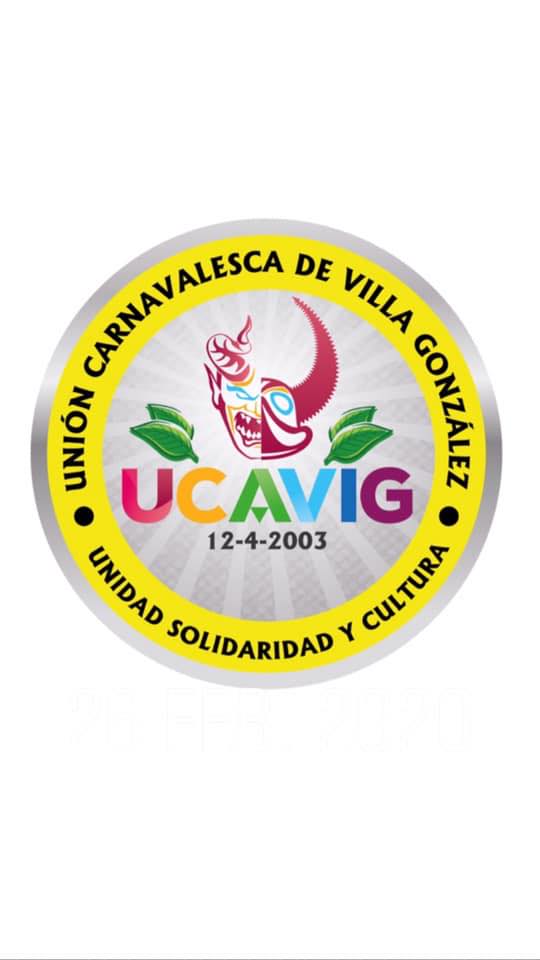The Risks of Online Banking: How to Stay Safe and Secure
The Risks of Online Banking: How to Stay Safe and Secure
With the increasing popularity of digital banking, more and more people are transferring their financial transactions online. While online banking offers numerous conveniences, such as speed, convenience, and accessibility, it also carries certain risks that can compromise our financial security. In this article, we’ll explore the risks of online banking and provide expert tips on how to stay safe and secure in the digital age.
Risks Associated with Online Banking
- Phishing: Phishing scams involve con artists pretending to be your bank’s customer service or IT team, tricking you into revealing your personal and financial information.
- Password Cracking: Hackers may use sophisticated tools to crack your login credentials, granting them access to your bank account.
- Malware and Trojans: Malware and Trojans can infect your devices, allowing cybercriminals to steal sensitive financial information or gain control over your online activities.
- Network Security Breaches: Poor network security can lead to unauthorized access, data breaches, or identity theft.
- Public Wi-Fi Risks: Using public Wi-Fi networks to conduct online banking can expose your sensitive financial information to potential eavesdropping.
How to Stay Safe and Secure Online
To protect your online banking activities, follow these best practices:
- Use Strong Passwords: Combine uppercase and lowercase letters, numbers, and special characters to create complex passwords. Avoid using easily guessable information like your birthdate, address, or name.
- Enable Two-Factor Authentication (2FA): 2FA adds an additional layer of security, requiring you to provide a secondary verification code sent to your registered mobile number or email address.
- Keep Software and Browsers Up-to-Date: Regularly update your operating system, browser, and antivirus software to ensure you have the latest security patches.
- Monitor Your Accounts: Check your account activity regularly to detect any unauthorized transactions or suspicious activity.
- Be Cautious with Public Wi-Fi: Avoid conducting online banking from public Wi-Fi networks. If you need to access your account, consider using a Virtual Private Network (VPN).
- Use a Secure Browser: Use a reputable browser with enhanced security features, such as Chrome or Firefox with built-in security extensions.
- Don’t Click on Suspicious Links: Avoid clicking on links sent by unfamiliar senders, which may be phishing attempts.
- Use a Credit Monitoring Service: Consider signing up for a credit monitoring service to track potential identity theft and fraud alerts.
- Back up Your Data: Regularly back up your online banking data and financial information in case of system failures or data loss.
- Report Suspicious Activity: Immediately report any suspicious transactions or activity to your bank’s customer support team.
Additional Tips
- Use a Dedicated Device: Limit online banking to a dedicated device with robust security software and a secure network connection.
- Avoid Using Unsecured Websites: Ensure your online banking website is secure and has an "https" prefix to prevent unauthorized access.
- Change Your Password Regularly: Update your online banking passwords every 90 days to maintain optimal security.
By following these tips and best practices, you can significantly reduce the risk of online banking and ensure the security and safety of your financial information.
In conclusion, online banking offers numerous benefits, but it’s crucial to be aware of the risks involved and take proactive measures to protect yourself. By being vigilant and following our expert tips, you can enjoy the conveniences of digital banking while maintaining the utmost security and confidentiality of your financial affairs.




